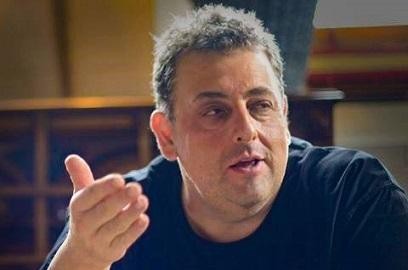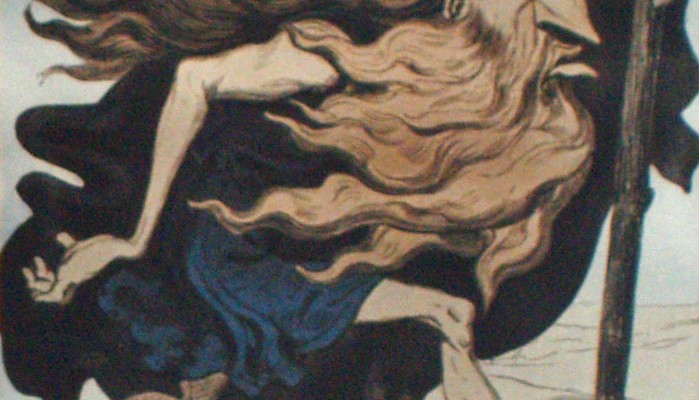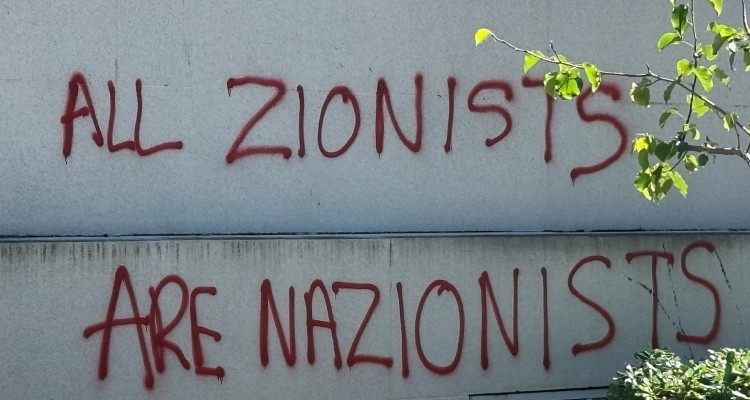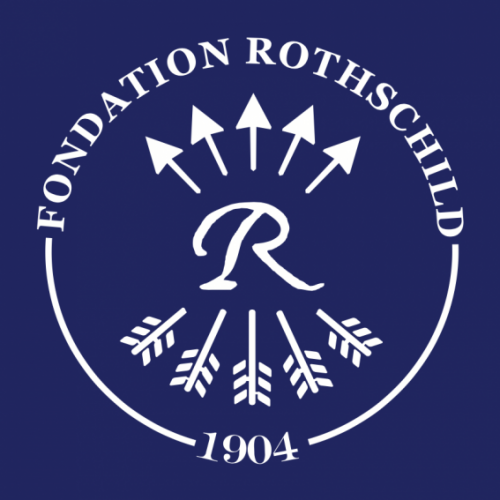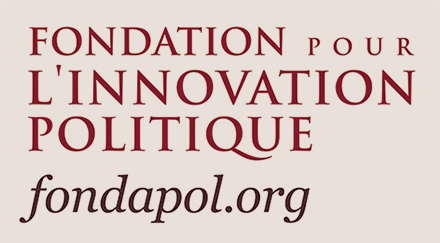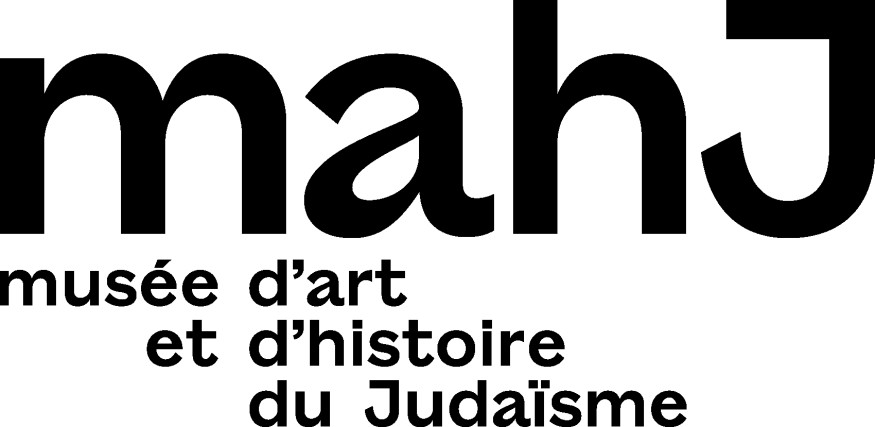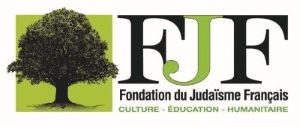Antisemitism
Description – Antisemitism
David Hirsh was invited, in his capacity as academic director of the London Centre for the Study of Contemporary Antisemitism, to the International Conference on Combating Antisemitism organized by the Israeli Ministry of the Diaspora. In this text, he explains why he chose not to participate in this initiative which, by giving pride of place to the extreme right, discredits the fight against antisemitism and endangers Jews in the diaspora.
Can the fight against antisemitism be anything other than a parody when it is organized by the far right? By inviting members of Europe’s authoritarian and xenophobic right to parade on the stage of its “International Conference on Combating Antisemitism”, the Israeli Ministry of the Diaspora has committed a serious political error, which rings like a betrayal of its mission. Here, Michael Brenner reports on the drift represented by this move and the trap into which it is locking Jews.
Hatred of mediation and language, abolition of differences in an all-or-nothing logic, a solipsistic dream in which the world disappears: in this aphoristic text, the philosopher Gérard Bensussan proposes a conceptual approach to nihilism. This pathology of reason appears, beyond the diversity of its manifestations, as that which threatens thought as soon as it forgets its outside – a slope on which the critical gesture easily slides, and where the old Jewish question is encountered.
Why do some historians of antisemitism absolutely reject any analogy between October 7 and historical anti-Jewish persecution? Matthew Bolton situates this debate, with its far-reaching political implications, on an epistemological level, explaining why “historicists” refuse to conceive of antisemitism as “eternal hatred”. In return, he exposes the flawed nature of their method, which ends up dissolving the very concept of antisemitism by obliterating its historical necessity.
For the first issue of 2025, we invite you to read or re-read the 7 most popular articles of the past year. The Eternal Settler Benjamin Wexler – Published…
After the sad period of Bolsonarism, Brazilian Jews, most of whom are progressive, were looking forward to a new term under Lula. But the new president’s virulent anti-Zionism seems to have disappointed them. Renan Antônio da Silva and Eric Heinze guide us through this affair, from the long history of Brazilian Jewry to the open secret of the elites’ longstanding antisemitic wanderings.
Hungarian Prime Minister Viktor Orbán stands out for his systematic opposition to the EU’s dominant values and policies. So it’s hardly surprising that, since October 7, he has stepped up his support for the Israeli state, not hesitating to label the slightest criticism from his European partners as antisemitic. Here, János Gadó lucidly analyzes the paradoxes of a government which, while trying to pass itself off as a friend of the Jews, traffics in the memory of the Holocaust and recycles the most hackneyed antisemitic tropes.
What is it that explains the ability of anti-Zionism to unify protests in the name of emancipation, and the fact that Israel has become the focal point of criticism from universities? In a measured and enlightening text, Bruno Karsenti takes a step-by-step look at the language of student protests, to gain a perspective on the political reconfigurations that lie ahead. In this language, two notions are opposed as irreconcilable: the nation, the only historically realized political form of collective and individual emancipation, and an apolitical fetish – the solution to all ills – autochthony. A drifting critique haunts the university, which instead of reflexively reclaiming the potential of the political form nation – which has undeniably led to crimes – opposes it with the fantasy of a pure, authentic people. Unbeknownst to the students, it is the old ‘Jewish question’ that finds a new formulation, around the unthinkable persistence of the Jewish people in the modern nation.
On what cultural soil is the radical condemnation of Israel based? Eva Illouz applies the principle of deconstruction of representations so beloved of part of the Left to the question of antisemitism. She sheds light on the old trope that feeds militant passion, and allows it to clear its conscience: the idea that Jews represent a danger to humanity.
Join us
With the support of:
Thanks to the Paris office of the Heinrich Böll Foundation for their cooperation in the design of the magazine’s website.
